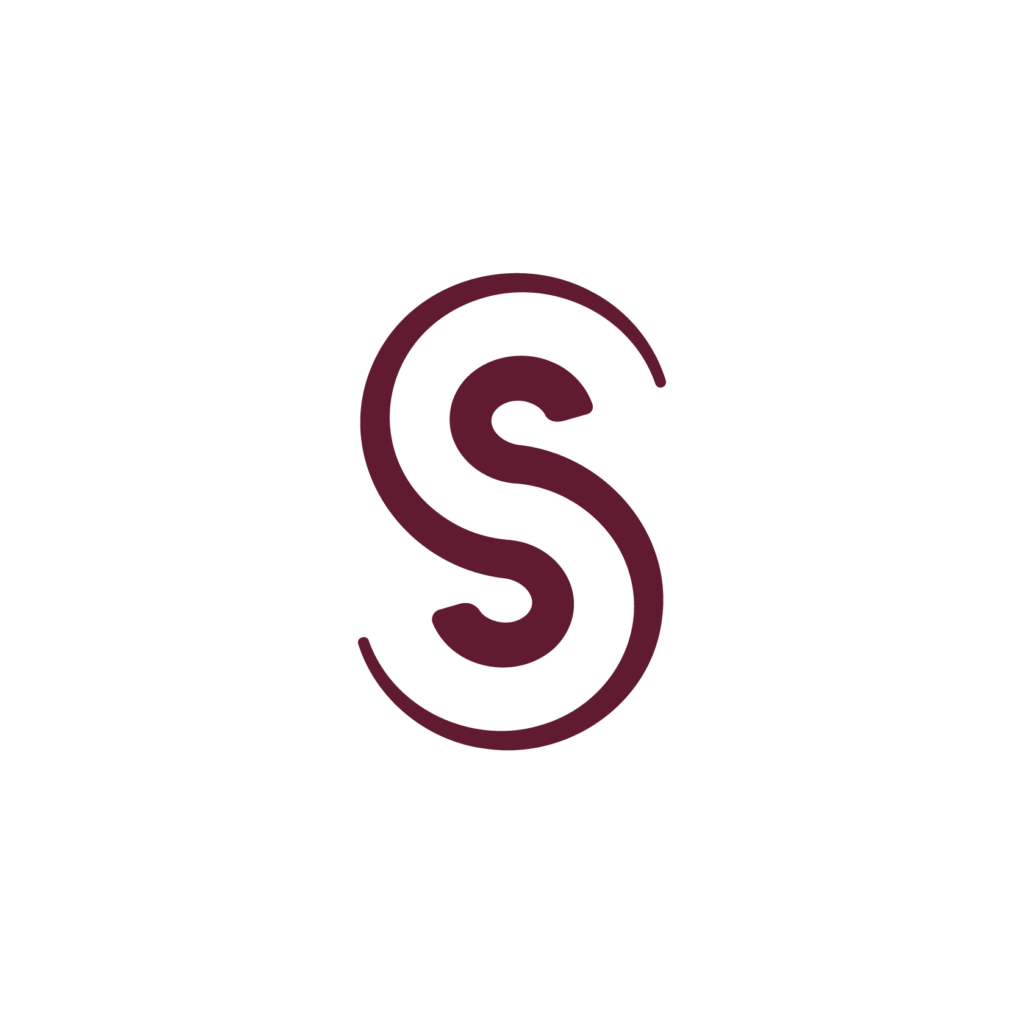Project Lead, Hannah Thompson, reflects on what we learned sharing the project in Belfast
Our first podcast episode was created by TSM post-doctoral researchers Sophie Vohra and Charlotte Slark. They made it as a pre-workshop listening task for participants to access ahead of our Belfast ‘retreat’. It also works as a stand-alone introduction to The Sensational Museum.
In Belfast, our research team were joined by all our project partners and a range of local museum sector professionals for a workshop about the project. We shared what we have found in the first phase of the Project (‘Prepare’; May-December 2023) and
We wanted all our participants to arrive at the workshop with some knowledge of The Sensational Museum. But we didn’t want to overwhelm people with lots of preparation. Post-doc researchers Sophie Vohra and Charlotte Slark created a podcast that we asked people to listen to in advance. They also made a creative transcript which communicates the podcast content in a different way. It is important to us that everyone can access our materials in a way that works for them. So, we always try and offer several ways of engaging with us. Our logo is a good example of this: we have a visual logo (with an audio description) and an audio logo (with a text description).

As well as the podcast, we created a Padlet for participants to refer to in advance. This included lots of practical information as well as links to documents and slides. We also asked people to introduce themselves there if they wanted to. Some people found that this helped them identify people on the day. It certainly made me feel more connected to our team. But our Padlet did get a bit messy, and it didn’t suit everyone. We are going to try a more structured Padlet next time. But we will also make time for in-person introductions at the beginning of the workshop.
We wanted to use the Belfast workshop to try out some non-visual ways of working. Meetings and workshops tend to be very reliant on visuals like post-it notes and flip charts. But we wanted to experiment with ways of doing things that don’t exclude people who like to work in non-visual ways. It became clear very early in the day that being inclusive does not mean simply rejecting visual ways of doing things. As a deaf participant pointed out, lots of people really need visual prompts. Let’s embrace the tools that work well for most people whilst also finding creative ways of making them also work in non-visual ways. One of the key questions we will be focusing on from now on is: How can museums provide inclusive experiences when people have very different, even competing, needs and preferences?
The day’s most popular activity was the Button Activity. Charlotte and Sophie distributed a range of pretend historical buttons alongside their made-up catalogue records. As we worked on creating an imaginary exhibition, we noticed how much information was missing from the catalogue entries. Buttons are multi-sensory objects: but their descriptions almost never mentioned how they felt or sounded. The human stories connected to these intimate objects were also missing. And we noticed examples of colonial and patriarchal biases too. Thinking about museum artefacts in a multi-sensory way was a new experience for most people at the workshop. We used mindful meditation to encourage people to notice their own multi-sensory reactions to the world around them. Whilst some people loved this part of the day, others really hated it. This is another example of how one size absolutely does not fit all. We need to build choice and optionality into everything we do, so that people are empowered to make choices that work well for them.
We would love to hear what you think about the podcast and the project so far. Use the Contact Us page on our website to get in touch.
